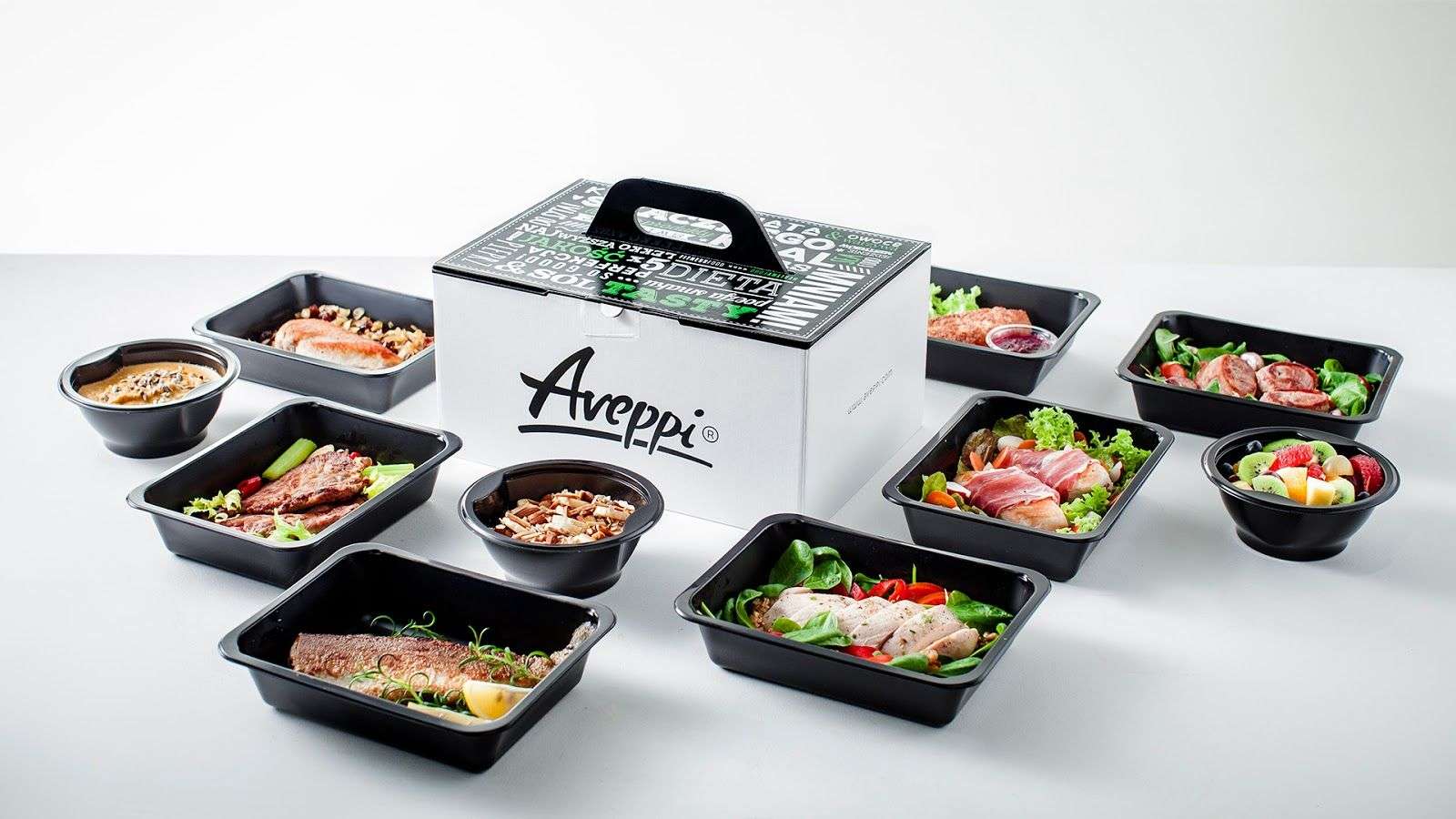Introduction
There are many people who want to improve their diet and lose weight. They do this by limiting their carbohydrate intake, and they often turn to low glycemic index rice as a way of achieving that goal.
Low Glycemic Index Rice
Low glycemic index rice?is rice that has a low glycemic index. The glycemic index is the number that measures how fast your blood sugar levels rise after you eat the food. The lower this number, the better for you because it can help reduce insulin resistance and glucose intolerance (or pre-diabetes).
Low GI White rice varieties with long grains, making them easier to digest than their high GI counterparts. They also tend to have less starch content, which means they don’t spike your blood sugar as much when eaten along with other foods on an empty stomach or after eating meals containing protein and fat?both of which make your body produce more insulin than normal.*
What is a low glycemic index?
A low glycemic index (GI) is a number that describes how quickly your blood sugar rises after eating a particular food.
GI is measured in units called glycemic load (GL). The higher the GL, the faster and harder it will be for your body to process and burn off. This means that foods with high GI values are more likely to cause spikes in blood sugar levels than those with low or moderate amounts of carbohydrates.
What is a high glycemic index?
You can calculate the glycemic index (GI) of a food by subtracting the value for pure glucose from 100 and then multiplying that number by 100. A high GI indicates that a food will cause an increase in blood sugar levels after eating, which is considered unhealthy.
The following are examples of foods with a high GI:
White bread, bagels and rolls
White rice (white basmati rice)
What are the foods with a low glycemic index?
Here’s a list of foods with a low glycemic index:
Whole grains. These include oatmeal, millet, quinoa and brown rice.
Beans. Black beans, pinto beans and chickpeas (also known as garbanzo beans) are all good sources of protein that are high in fiber and low in fat. If you’re looking for something more filling than plain oatmeal but still want to keep your carbs down, try adding these legumes to your meals! They’re also super easy to prepare?just add them into soups or stews for extra flavor!
Peas & lentils (these two items can be found on the same spectrum as whole grain). A serving of peas has just 3g net carbs while one cup of lentils has 18g net carbs so they make great additions to any meal plan without having any impact on blood sugar levels at all.”
Foods with a high glycemic index.
There are some foods that have a high glycemic index. These include:
Bread, potatoes and pasta
Rice
Corn (white)
Sweet potato
Some other examples of high-GI foods include yams, peas and beans. The numbers on the scale tell you how fast your blood sugar levels rise after eating something. Low GI rice keep them at a steady level while high GI foods can cause spikes in blood sugar levels that could lead to diabetes or even heart disease if eaten regularly over time.”
Correctly selecting carbohydrate products for people with diabetes or obesity
When selecting carbohydrate products for people with diabetes or obesity, you should keep in mind that they need to meet the dietary needs of their specific disease. In addition to being nutritious, these foods also have a high glycemic index (GI).
Carbohydrates with a low GI are typically recommended for individuals with diabetes because they do not encourage excessive blood sugar spikes and insulin resistance. Some examples include whole-grain breads, pastas and cereals; oatmeal; beans; nuts/seeds and legumes such as chickpeas (garbanzo beans), black eye peas/chickpeas and lentils
Read more about diabetes here!
Diabetes(diabetic rice online) is a disease that causes your body to not use insulin properly. Insulin allows cells to take in glucose (a type of sugar), which they can then use for energy. Without enough insulin, your body doesn’t get enough glucose and it begins to break down fat cells instead. This process can result in serious health issues like heart disease and kidney failure if left untreated.[1]
To help prevent diabetes from developing, you should eat foods with a low glycemic index (GI). Foods with high GI values cause rapid increases in blood sugar levels after eating them; this causes spikes in insulin production that can lead to diabetes later on. Low glycemic rice has been shown as an excellent source of carbohydrates because its absorption rate into the blood stream is slow compared with other types such as white bread or pasta.[3]
It is important to understand your diet and how it affects your glucose level
It’s important to understand your low GI diet and how it affects your glucose level. The relationship between glucose and insulin is important for all three of these groups, but it’s particularly relevant for people with diabetes or obesity.
The goal of this article is not to tell you what kind of rice to eat?that’s up to you! But if you’re looking for a healthier option than white rice, consider trying low glycemic index (GI) varieties such as risotto and long-grain brown rice instead.
Conclusion
This can be very useful in preventing diabetes and obesity. The key is to know what foods have a low glycemic index and which ones have a high glycemic index. This way you won?t be tempted to eat things that are high on the list but will actually do more harm than good for your body!







